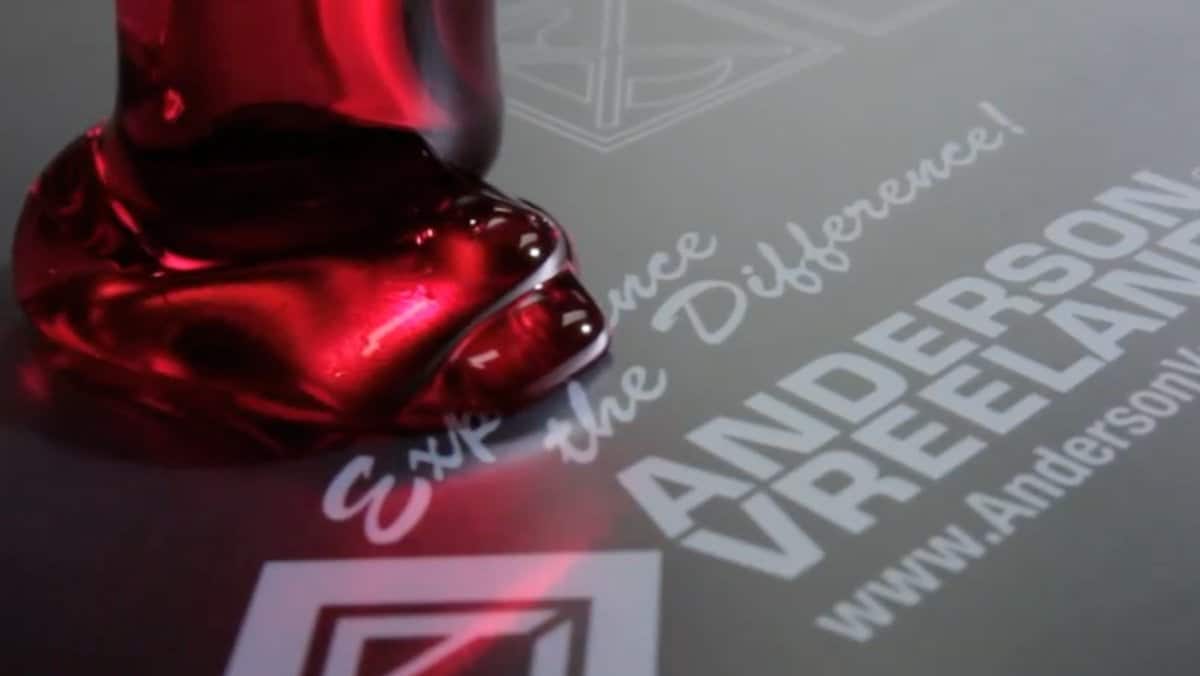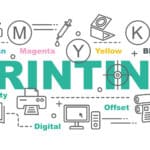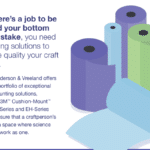Let the Magic Happen with Liquid Photopolymer Plates
When you think about it for a minute, there is something downright magical about liquid photopolymer printing plates. After all, you place a plastic sheet on top of a negative, load a viscous liquid into a narrow “bucket” and the machine automatically does a controlled “pour”, spreading the polymer resin onto the cover sheet, simultaneously adding a top cover while sealing all edges. The result is essentially a bag of photopolymer resin that forms a printing plate when exposed to ultraviolet light. The unexposed polymer is then reclaimed for later use, the plates are washed, re-exposed to UV, and dried. You can see it all happen in the video below.
It’s all materials science and physics, yet it’s still somewhat amazing that a goopy liquid resin can be transformed into a flexible, yet solid, printing plate capable of producing hundreds of thousands of labels, flexible packages, and more, with lines screens up to 100 lpi and for applications between 0.107” to 0.255” thick.
Skateboard wheels and flexo plates
Behind the scenes is a choice of materials that make the magic and the science happen. The plates are where the polymer hits the substrate and that polymer needs the durability to go whatever distance is needed for a successful print run with sufficient quality. That durability is measured in part by the hardness of the polymer, one of which is durometer, or a material’s resistance to permanent indentation. This is usually expressed as Shore hardness, named after Albert Shore, who created both this measure of hardness and a method for how it is determined during testing. There are Shore durometer ratings for everything from tires to rubber bands to skateboard wheels to flexographic printing plates. For Anderson & Vreeland AVantage flexo plates, the measure is durometer Shore A, with hardness ratings varying from 25 to 80/90, depending on the application.
For example, an Anderson & Vreeland liquid photopolymer resin plate for master material and molded products may require a plate with an 80 or 90 Shore A durometer rating, while multi-wall or poly bags may demand a 55 Shore A rating. In contrast, a corrugated substrate might require a more resilient 25 or 34 Shore A plate, but could also be a candidate for use of a “capping” resin. These combine a relatively hard (60 Shore A durometer) cap resin—where the ink hits the plate—and a softer base resin which allows the plate surface to compress slightly to help minimize dot gain during printing. (In case you’re curious, skateboard wheels range from about 78 to 98 durometer, rubber bands are about 25, and the tread on your car’s tires is about 70.)
Care and feeding
Once you’ve invested the time and effort to make your plates, take good care of them! A&V’s team of experts has created a full series of tech tips and information on liquid photopolymer plates to help you get the most value that can be downloaded as PDFs for easy distribution to your team. Consider doing a couple of lunch and learn sessions to work through the tips, get a discussion going, and help your production teams all be on the same page when taking advantage of liquid photopolymer plates.
Still, for all the advantages of liquid photopolymer plates, sheet plates are still industry standards for many applications. You can learn about some of the important differences between these solutions on Flexo Daily. The right choice is entirely dependent on the application, quality needs, substrates, and run length.
A&V offers a full range of equipment and resins for liquid photopolymer plate production.
Contact the AVantage team for the advice, guidance, technical information, and pricing you need to ensure the plates you create— whether you choose sheet or liquid photopolymer—will deliver the results you need and provide a solution that is right for your business.
For more in-depth tips on care of Liquid Polymer plates click here.
Related Read: New Tech for Pre-press, Press Room and Platemaking




